Arabic tiles are more than just a practical choice for floors and walls – they’re a powerful way to add character, texture, and cultural flair to your home. Arabic tiles, known for their intricate geometric patterns and rich history, can transform a space with their timeless elegance. If you’re wondering how to incorporate them into your home, here are 10 creative and practical ideas to get you started.
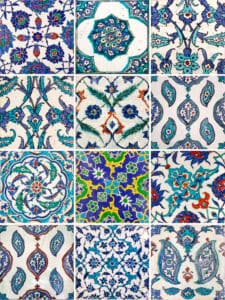
1. Create a Statement Kitchen Backsplash
If you want to add a touch of cultural style to your kitchen, an Arabic tile backsplash is a perfect choice. These tiles are not only heat and moisture resistant but also add a vibrant, artistic element to the space. Choose a pattern that complements your kitchen’s colour palette, whether it’s a classic indigo and cream or a bold orange and white.
For a cohesive look, try pairing the tiles with natural wood cabinets or open shelving to let the design shine. And if you want a truly personalized touch, consider arranging the tiles in a unique pattern, like a central medallion or an asymmetrical layout for a modern twist.
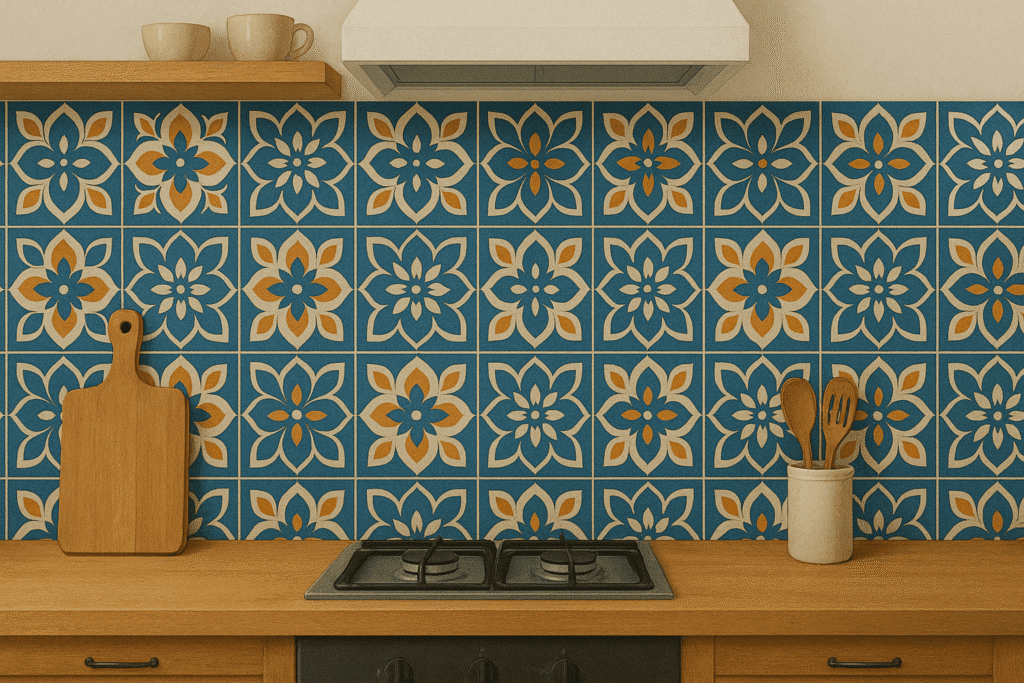
2. Add Magic to a Courtyard or Garden
Arabic tiles aren’t just for interiors. They work beautifully in outdoor spaces, too. I remember staying at a small guesthouse in Amman, Jordan, where the owner had transformed a simple courtyard into a calm, welcoming space. She’d used deep blue and white tiles around a small fountain, surrounded by a few olive trees and potted herbs. It wasn’t fancy, but it had a quiet charm – a place where you could sip a coffee and escape the noise of the city for a moment.
If you have a small courtyard, patio, or even a balcony, a few well-placed tiles can add that same sense of calm. Use them to frame a fountain, line a garden path, or add tiled elements to a low bench. The patterns and colours can bring a bit of warmth and personality to even the smallest outdoor spaces, and the tiles themselves are usually tough enough to handle the elements.
3. Design a Unique Bathroom Floor
If you want a bathroom that feels a bit different – not just a row of plain white tiles – Arabic tiles are a great choice for the floor. In some cafés and restaurants in Muscat, the bathrooms feature these patterned tiles. The result is a mixture of elegance and vibrance. One idea is to have tiles in deep blue with crisp white details, creating a cool, calm vibe that makes the small space feel a bit more special.
If you like the idea of adding a bit of personality to your bathroom, consider using Arabic tiles in a small section, like the floor of a shower or a border around the washbasin. You can even mix and match patterns for a more eclectic feel, or stick to a single, repeating design for a cleaner look. Just make sure to choose tiles with a bit of texture so you don’t end up with a slippery floor after every shower.
4. Frame an Outdoor Barbecue Space with Flair
A while back, I spent an evening at a friend’s place where the barbecue corner had been given a bit of a makeover. They’d lined the walls around their outdoor fireplace with terracotta and deep green tiles, creating a warm, inviting vibe that felt perfect for a summer night. It completely changed the feel of the space – it wasn’t just a place to grill, but a proper gathering spot where you’d want to linger long after the food was finished.
If you’re thinking about adding a bit of character to your own outdoor area, consider using tiles in warm, earthy tones like terracotta, deep green, or even a rich mustard yellow. These colours work beautifully in outdoor settings, especially if you’ve got natural stone, wooden benches, or lots of greenery around. Use the tiles to frame the fire pit, line the walls of a built-in grill, or even create a low tiled ledge for seating. Just a few square feet of carefully placed tiles can turn a simple corner into a proper hangout spot.
5. Accent a Staircase with Patterned Risers
If you’ve got a staircase that feels a bit too plain, adding Arabic tiles to the risers is a small but impactful way to inject some personality. I’ve seen this done beautifully in a friend’s holiday home, where each step had a slightly different pattern, creating a kind of visual journey as you moved from one floor to the next. It’s a small detail, but it makes a big difference – every time you walk up the stairs, it’s a little reminder of the care you’ve put into your space.
For a more coordinated look, you can stick to a single colour palette, like deep indigo and cream, or go for a mix of vibrant colours if you want a more playful, eclectic vibe. Just make sure the tiles are securely fixed – nobody wants a loose tile in the middle of a staircase! And if you’re worried about the tiles looking too busy, you can always pair them with plain wood or stone steps to balance things out.
Whether you’re adding a bold splashback in the kitchen, framing an outdoor fireplace, or creating a tiled staircase that feels like a little journey with every step, Arabic tiles can add a lot of personality to your home. They’re a great way to bring a bit of history and artistry into your space, and even a small touch can make a big impact. So, if you’re looking for a way to add a bit of colour, pattern, and character to your space, Arabic tiles are a beautiful place to start.


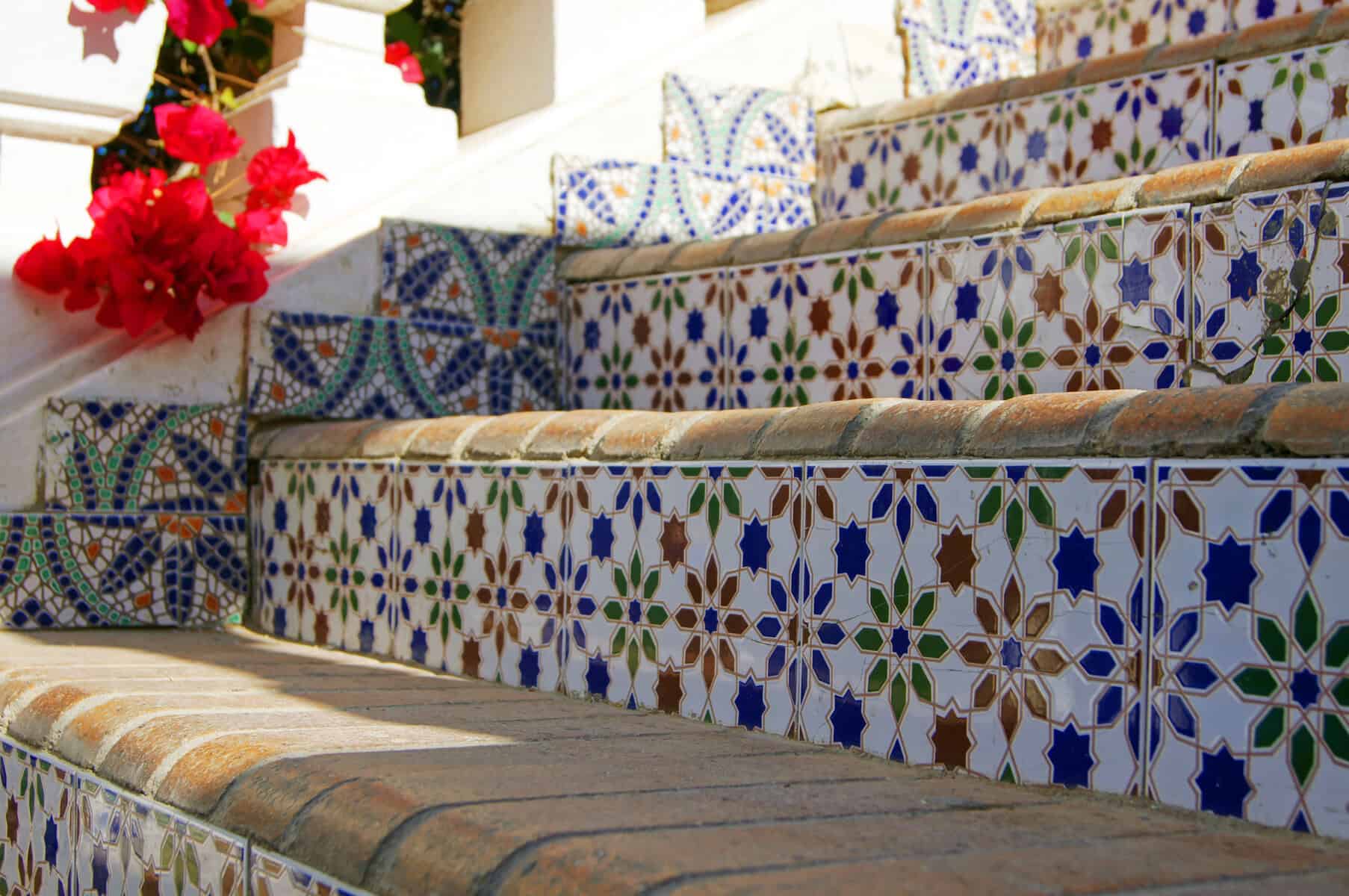

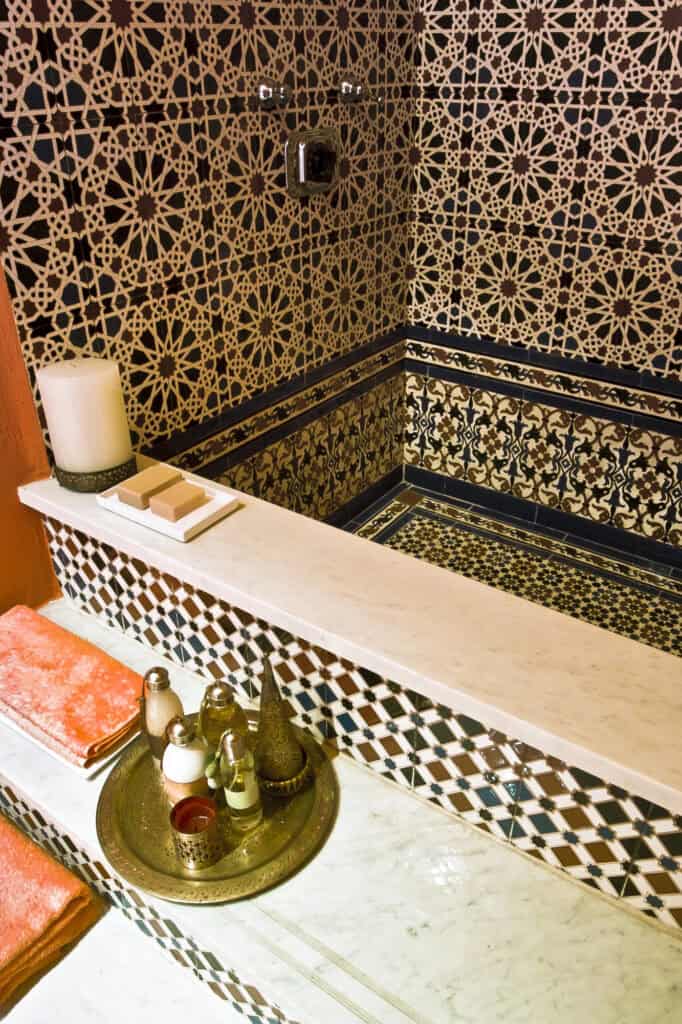
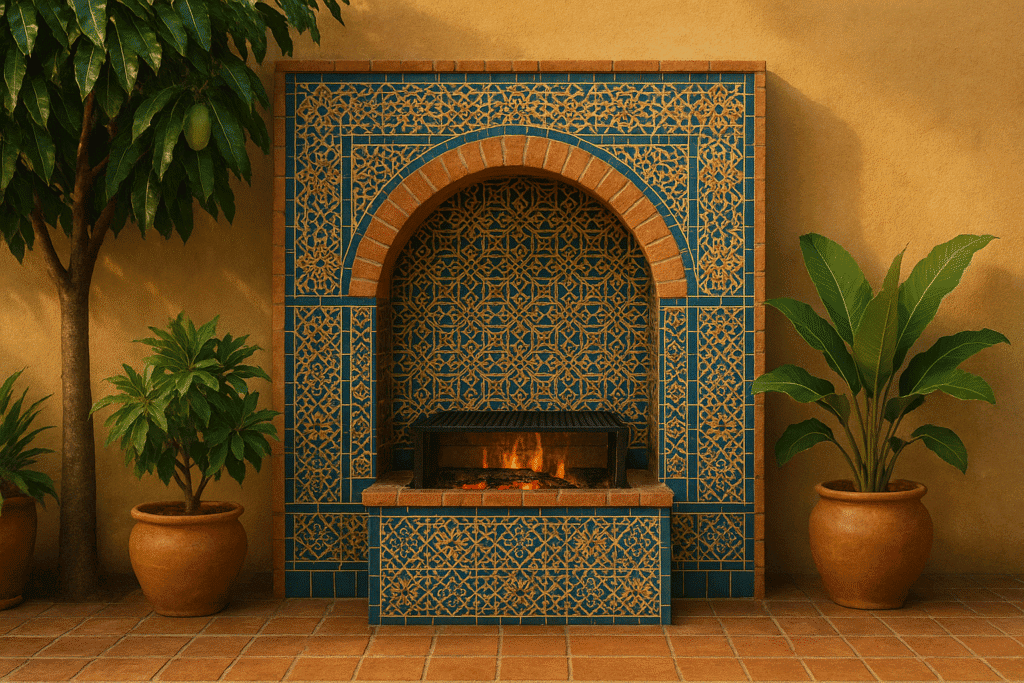
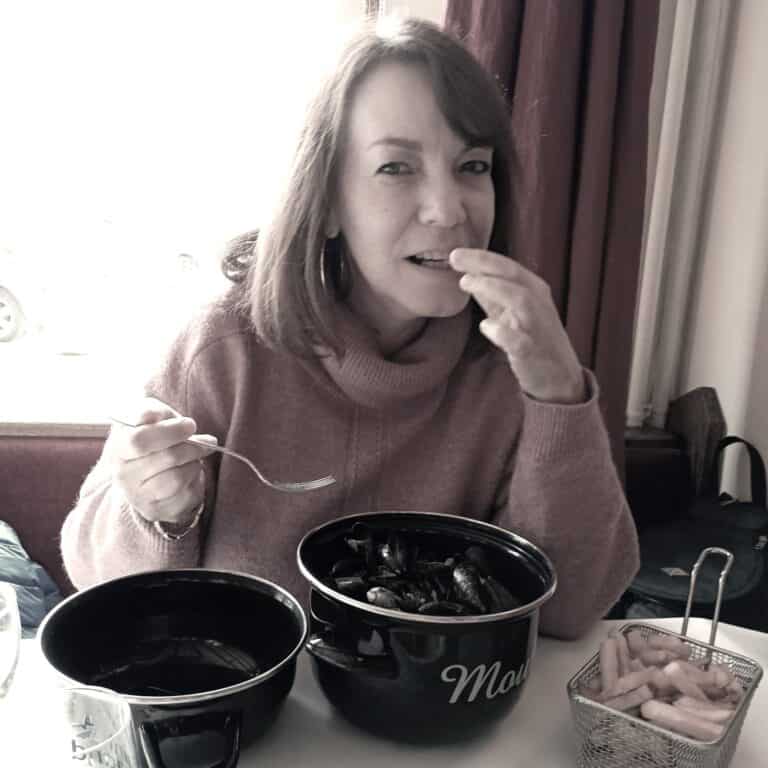


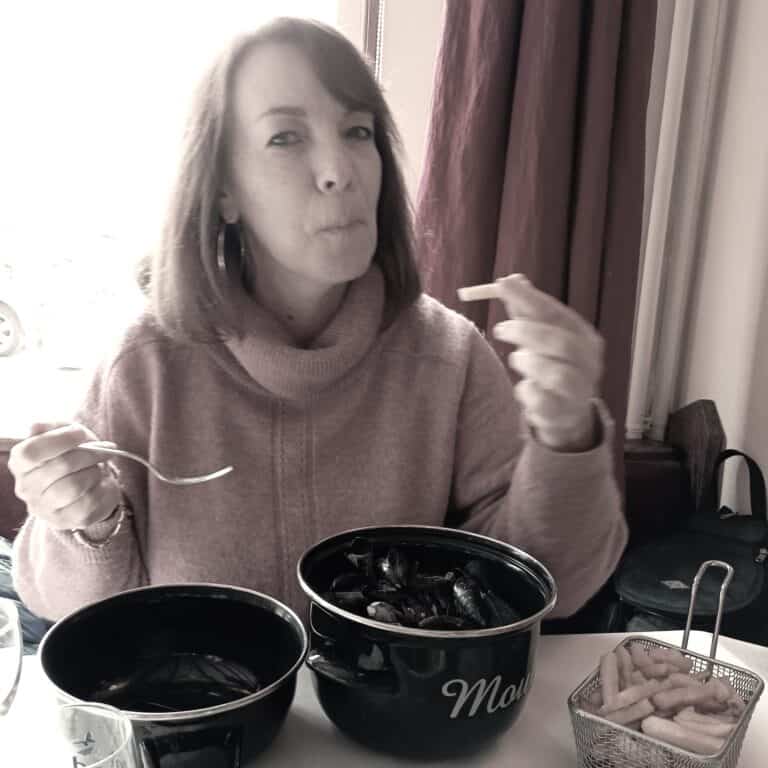

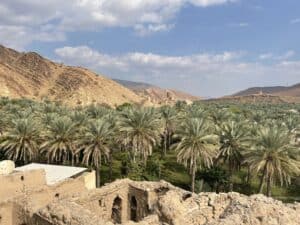





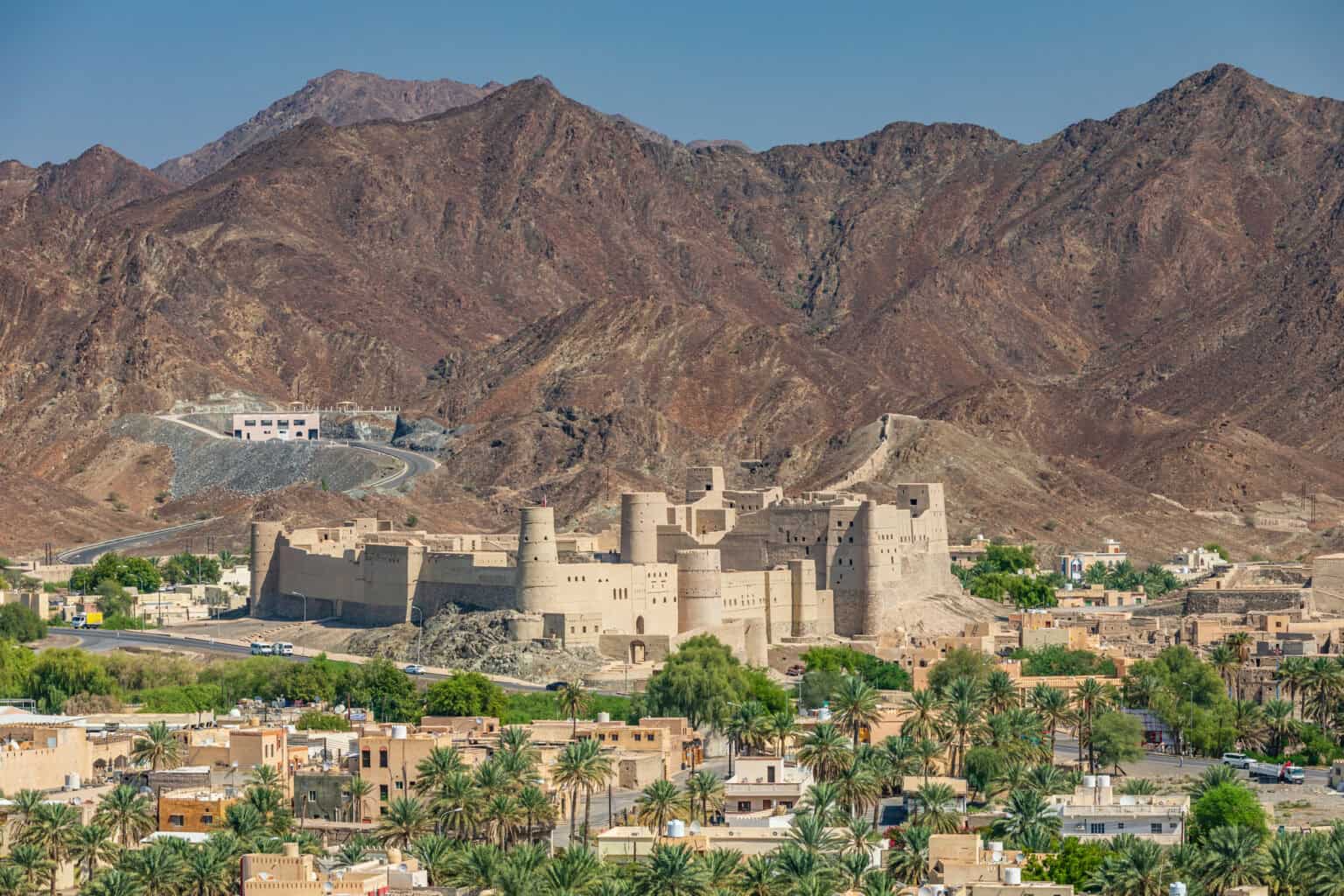
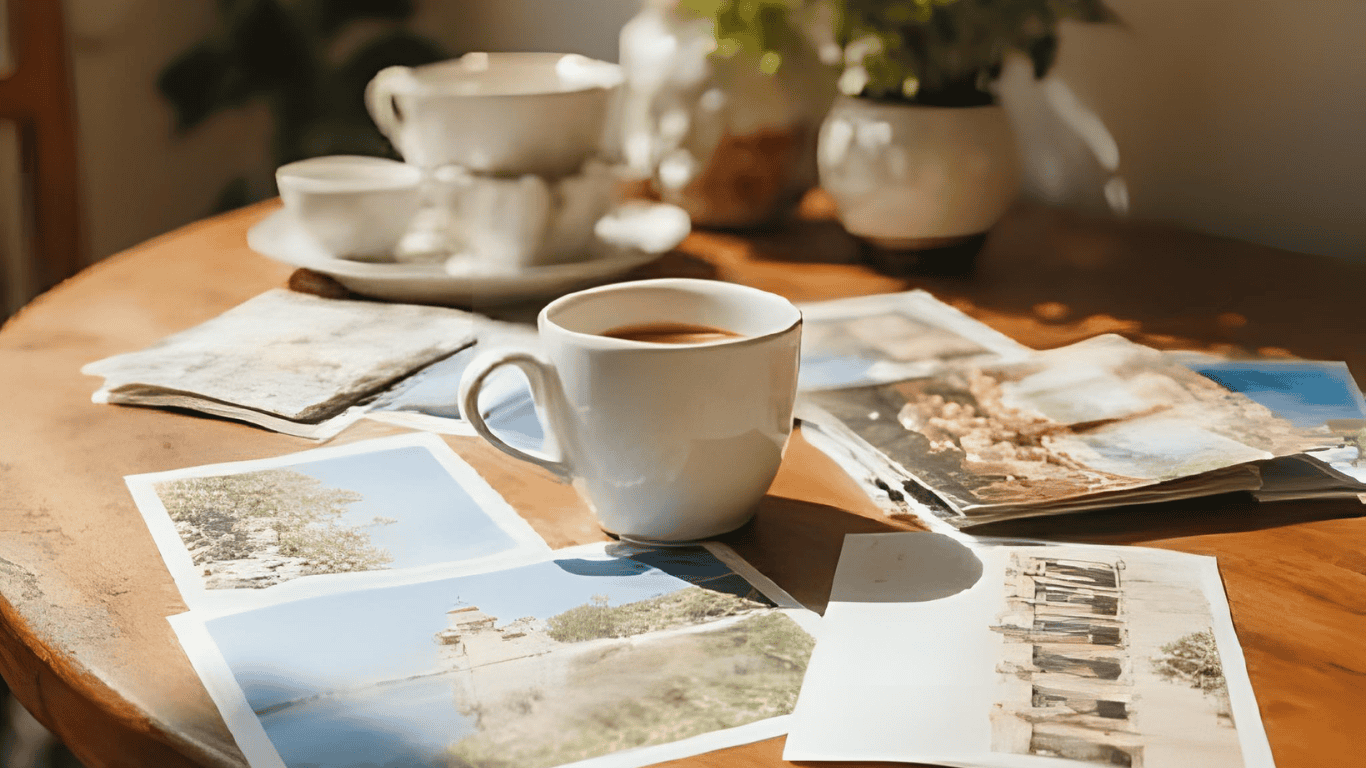
10 responses
Hello
Is there an app or a map showing the speed radars of Oman?
Estarei em Omã no final de setembro e suas informações me ajudaram muito na escolha do Hotel!
Obrigada Christine
Merci Christine pour ce temps passé à nous décrire comment se sentir comme chez toi, chez nous !
J’ ai voyagé encore !
À bientôt ✈️
C’est un plaisir, Anne. Vraiment!
Wow❤️
Thanks. If you need more information about accommodation in Muscat or other aspects of travelling in Oman, don’t hesitate to ask.
Hi Christine, thank you so much for the restaurant recommendation. I loved the food, the atmosphere and the place in general. I also talked to Khaled, the supervisor. He says hi. Thank you again. Tomorrow is my last day in Muscat. Any last minute must- see places?
Saliha from Algeria
Hello Saliha, Glad to hear you enjoyed the restaurant. In terms of Muscat, there are many options but some must-sees are Muttrah (the Corniche, Souq and Fort), Al Qurum (Shatti Al Qurum with its beach, the Opera building), and Old Muscat (the Royal Palace and gardens around, the Bait Al Zubair museum). I hope you get to see some of these. Have a great day!